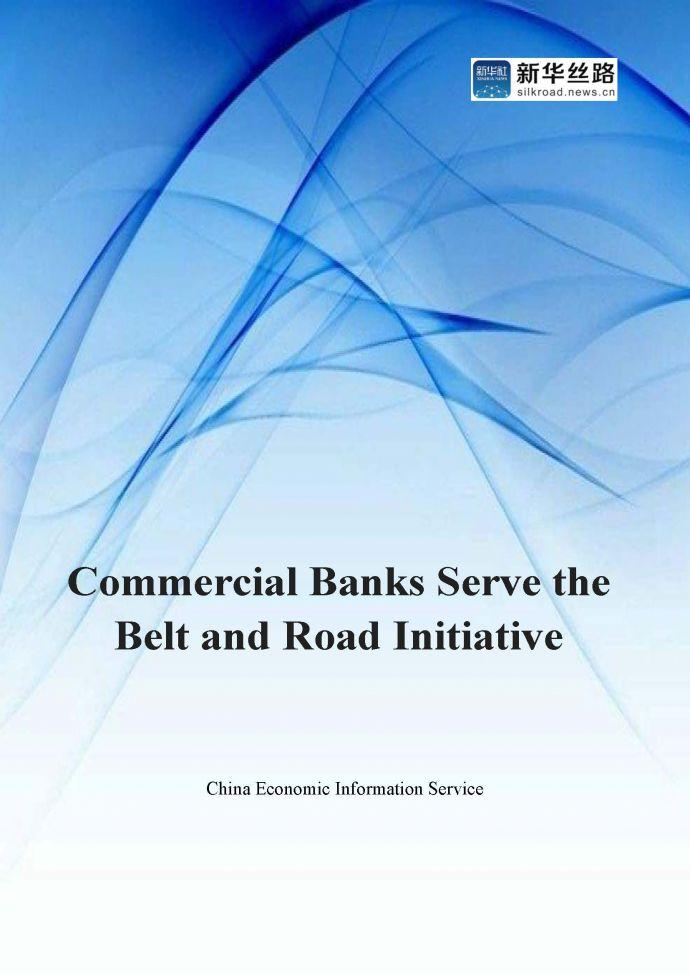China’s commercial banks are serving the Belt and Road Initiative mainly in three ways: firstly, to open branches and optimize the distribution of overseas institutions; secondly, to establish innovative services along with policy and management mechanisms and broaden business scope and low-cost funding sources; thirdly, to strengthen bilateral and multilateral cooperation and ward off cross-border business risks, according to a report released by National Institution for Finance & Development.
Chinese commercial banks have established many new branches in countries and regions along the Belt and Road for better serving the initiative and the “go global” drive of Chinese enterprises. By the end of 2016, about 22 Chinese banks maintained 1,353 branches in 63 countries and regions of the world, including 229 tier-1 branches. Specifically, 9 Chinese banks established 62 tier-1 branches in 26 countries along the Belt and Road in 2016, an increase of 3 compared with 2015.
From a geographical perspective, a large number of such branches gather in Southeast Asia, and it has great potential for Chinese banks to increase their presence in West Asia, Central Asia and Commonwealth of Independent States. Among 63 countries along the Belt and Road, Bank of China (BOC) has branches in 11 Southeast Asian countries and 2 West Asian countries, while branches of Industrial and Commercial Bank of China (ICBC) and China Construction Bank (CCB) cover 10 and 4 Southeast Asian countries, respectively.
Categorized by institution type, state-owned large-size commercial banks are the main force of the “go global” drive of Chinese banks. 5 of the 9 Chinese banks are state-owned large-size commercial banks that have established about 50 of the 62 tier-1 branches.
The Belt and Road Initiative and the “go global” efforts of Chinese companies have created massive financial demand and funding sources, giving birth to a large room for cross-border financial business of commercial banks, such as cross-border credit and cross-border investment banking. In this context, commercial banks are speedily innovating in their products, services and mechanisms.
Commercial banks have also strengthened cooperation with countries and regions along the Belt and Road mainly in 3 areas: cooperation in project financing, cooperation with other financial institutions and cooperation with governments.




 Commercial Banks Serve the Belt and Road Initiative.pdf
Commercial Banks Serve the Belt and Road Initiative.pdf A single purchase
A single purchase









